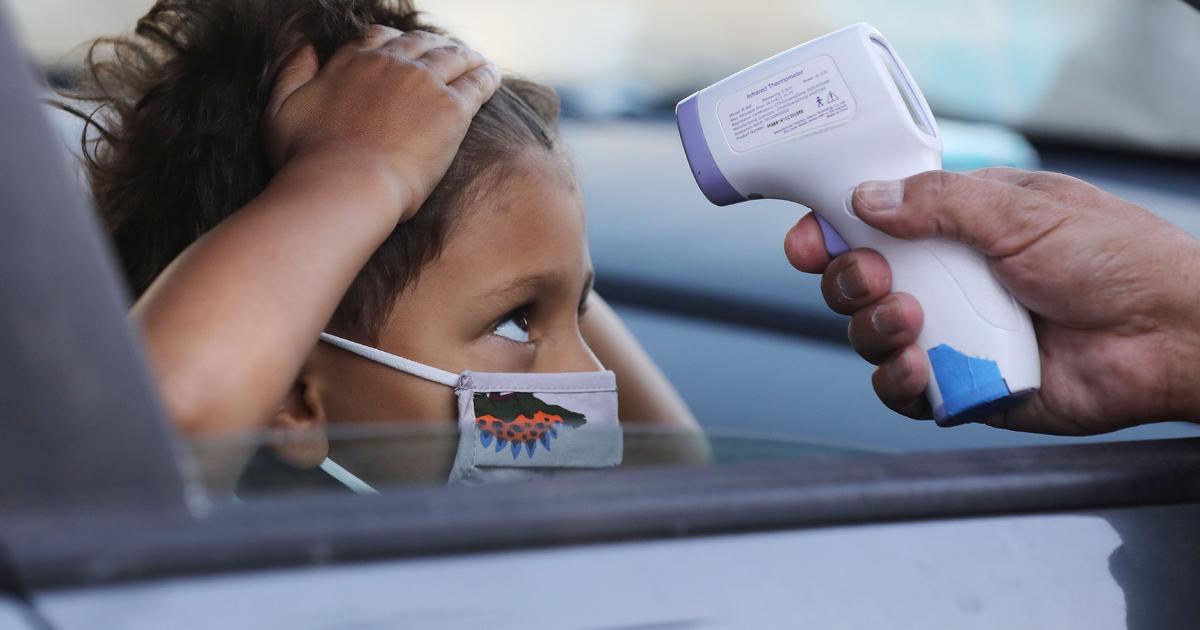Children and young adults of color are dying from the coronavirus pandemic at a much higher rate than their peers, according to new data from the CDC. In more than 390,000 cases and 121 adolescent COVID-19 deaths analyzed by researchers, over 78% of the deceased were children of color.
In the CDC’s weekly morbidity and mortality report, researchers inspected young adult deaths under 21 that were reported between February 12 and July 31, which showed a widening racial disparity. Of the children who died, 45% were Hispanic, 29% were Black, and 4% were American Indian or Native Alaskan. Even more concerning, a larger percentage of deaths were among young adults aged 18-20, the most prevalent age for college-bound students.
The race disparity surrounding the novel coronavirus outbreak has historically gone beyond adolescents, who represent a smaller percentage of at-risk individuals. In late March, a peak in the coronavirus outbreak, Black and Hispanic individuals made up one-third of hospitalized individuals. However, research has found COVID-19 kills people of color under 65 at twice the rate of their White counterparts, while people of color make up less than 45% of COVID-19 deaths at all ages.
While the disparities can be attributed to pre-existing medical conditions, medical discrimination and wealth gaps that pervade low-income areas, the CDC still considers the data “important to inform public health guidance for schools and parents” as schools, colleges and universities continue to re-open for in-person instruction.
This new report comes as colleges and universities struggle to maintain COVID-19 outbreaks on campuses, as poor testing plans and large off-campus gatherings continue to spike infection rates. While adolescent deaths are low, with only 121 reported almost seven months after the first coronavirus case was identified in the U.S, deaths could continue to rise as in-person classes increase students’ chances of infection and viral spread.
Identifying how younger people of color are affected is important in establishing public health guidelines, as outbreaks continue to rise in states around the country. While at less risk than elderly individuals, adolescents, especially those with pre-existing health conditions, can still fall ill from COVID-19 infection. But “health departments, health providers, and community partners can mobilize to remove systemic barriers that contribute to health disparities,” says the CDC, a solution that could prevent more adolescent deaths from occurring.
